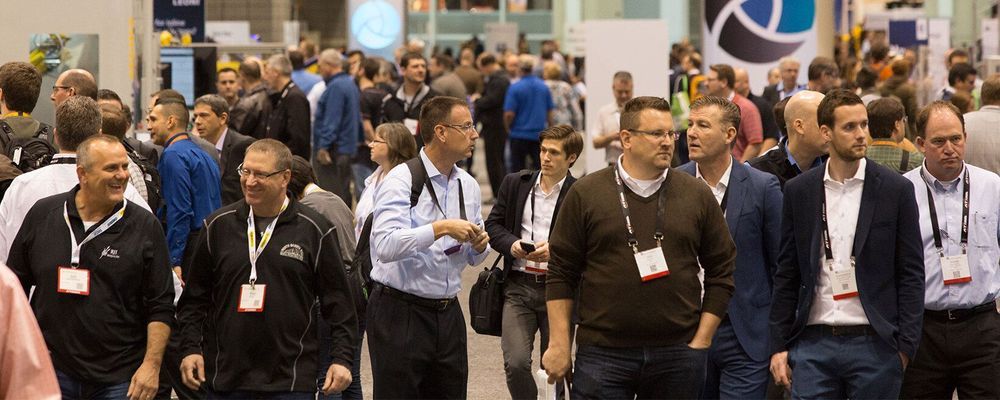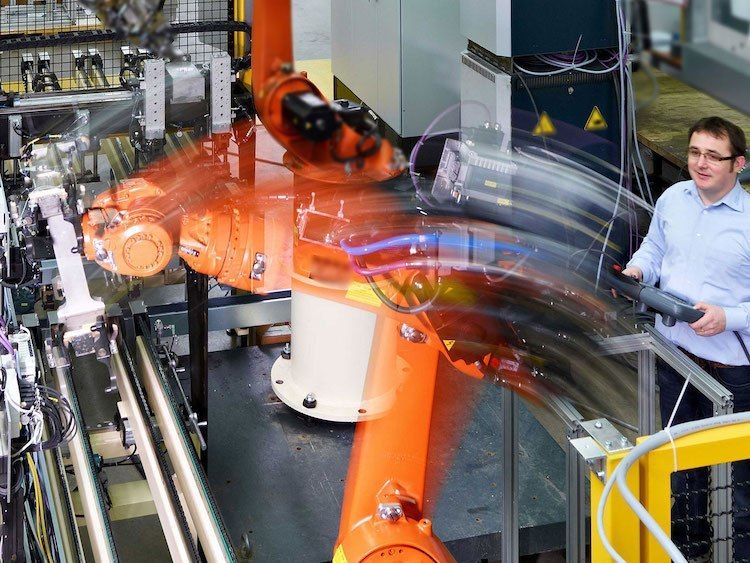Tech group says it is committed to privacy despite demands from Beijing for data access.




The companies that are leading research into AI in the US and China, including Google, Amazon, Microsoft, Baidu, SenseTime and Tencent, have taken very different approaches to AI and whether to develop technology that can ultimately be used for military and surveillance purposes.
Companies criticised for overruling and even dissolving ethics boards.
The drone delivery of a kidney recently used for an organ transplant in Baltimore is being characterized by the University of Maryland as a “pioneering breakthrough” advancement in human medicine and aviation technology.
“It’s huge. We knew from the very first time that we met with Dr. (Joseph) Scalea, and he suggested the idea of what he wanted to do — we knew it would be earth-shattering and life-changing, and it really has become that,” Matthew Scassero, director of the Unmanned Aircraft Systems Test Site at the University of Maryland, told WTOP.
The unmanned aircraft system’s flight on April 19 through the city of Baltimore occurred at about 12:30 a.m. and was less than 3 miles, but represents a huge first step.

Artificial intelligence has been showing us many ish tricks as apers of human-created art, and now a team of researchers have impressed AI watchers with PaintBot. They have managed to unleash their AI as a capable mimic of the old masters.
AI can deliver a Van Gogh–ish, Vermeer–ish, Turner–ish painting. The team, from the University of Maryland, the ByteDance AI Lab and Adobe Research, turned an algorithm into a mimic of the old masters.
“Through a coarse-to-fine refinement process our agent can paint arbitrarily complex images in the desired style.”

Here is a vegetable weeding robot designed to increase efficiency on large-scale vegetable farms. It works autonomously and can cover up to 12 acres in 9 hours. It uses GPS and camera to get the job done with accuracy.

Dino is designed to reduce labor costs and free up time for farming teams to focus on more important tasks. It can be put on a schedule and since it’s electric, only minimal maintenance is required.


May 17–20, 2021 Detroit Michigan. Automation is helping companies in every industry become stronger global competitors. To succeed, you need the right solution providers, the right technology, and the right expertise. Automate 2019 will provide it all and more!
This biennial show held in Detroit, Michigan is North America’s largest showcase of robot, machine vision, motion control and other automation technologies.

Hahn says it is showcasing a “broad spectrum” of automation solutions which can help manufacturers around the world to automate more than ever before.
At the ongoing Automate Show, in Chicago April 8–11, 2019, experts of the Hahn Group are giving insights about industrial automation and robot solutions at booth #7372.
Hahn Automation, Rethink Robotics, and Walther Systemtechnik will be present at the show.
THIS WEEK, I interviewed Yuval Noah Harari, the author of three best-selling books about the history and future of our species, and Fei-Fei Li, one of the pioneers in the field of artificial intelligence. The event was hosted by the Stanford Center for Ethics and Society, the Stanford Institute for Human-Centered Artificial Intelligence, and the Stanford Humanities Center. A transcript of the event follows, and a video is posted below.
Historian Yuval Noah Harari and computer scientist Fei-Fei Li discuss the promise and perils of the transformative technology with WIRED editor in chief Nicholas Thompson.